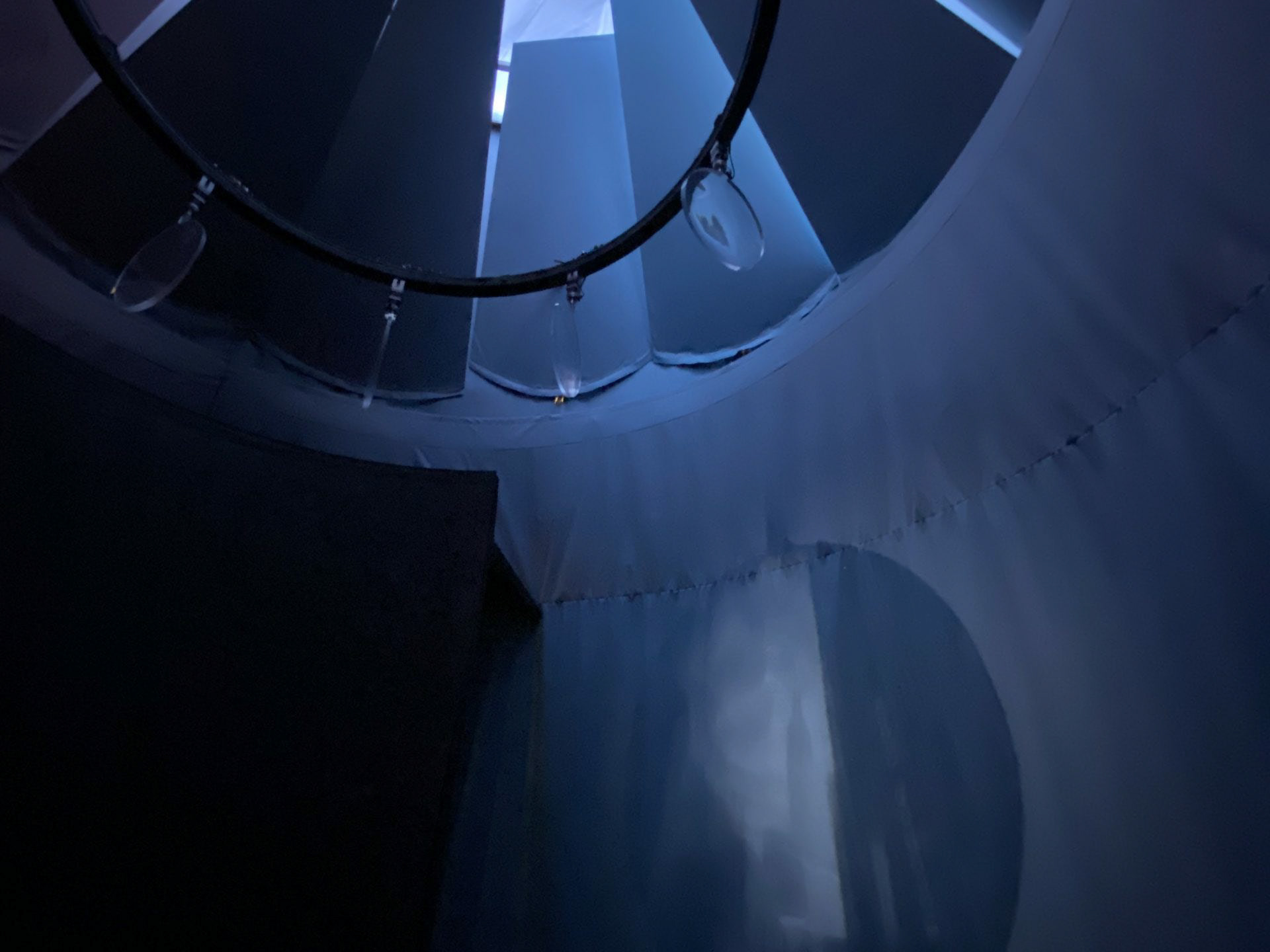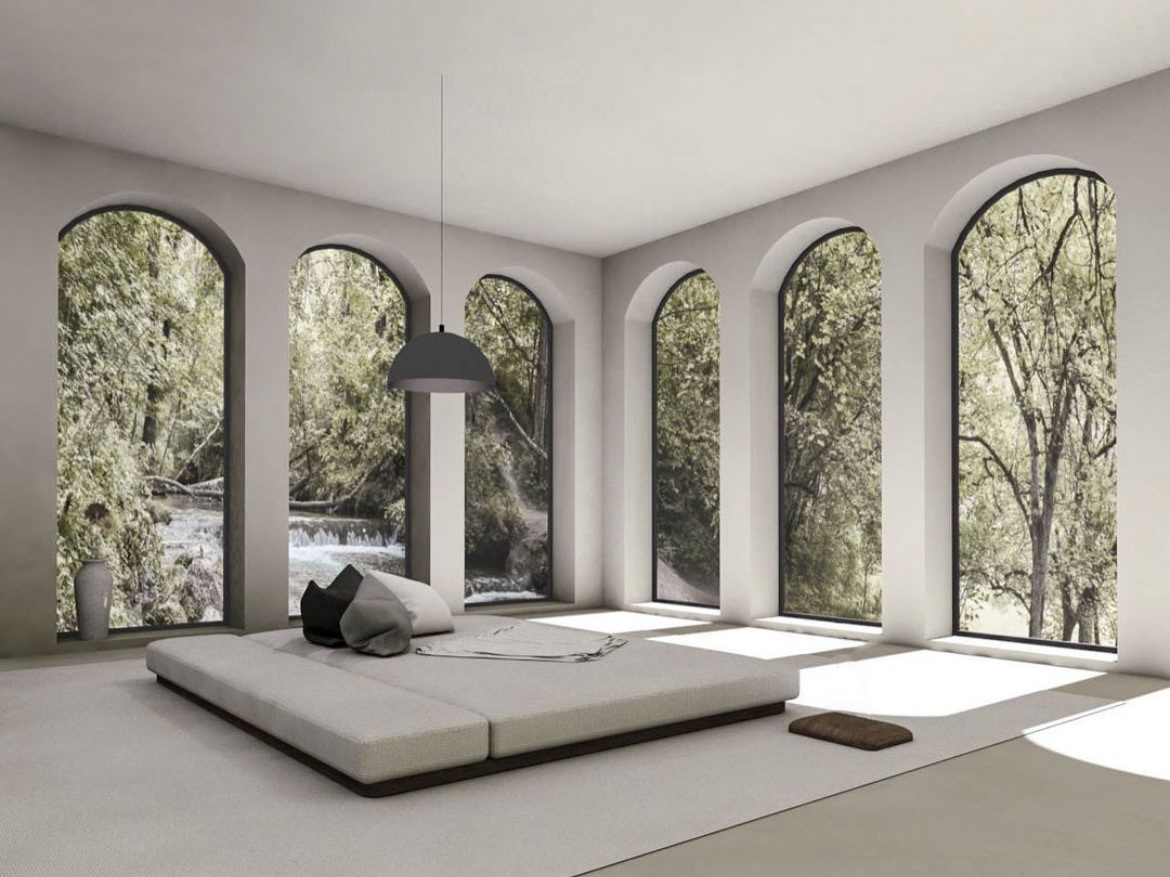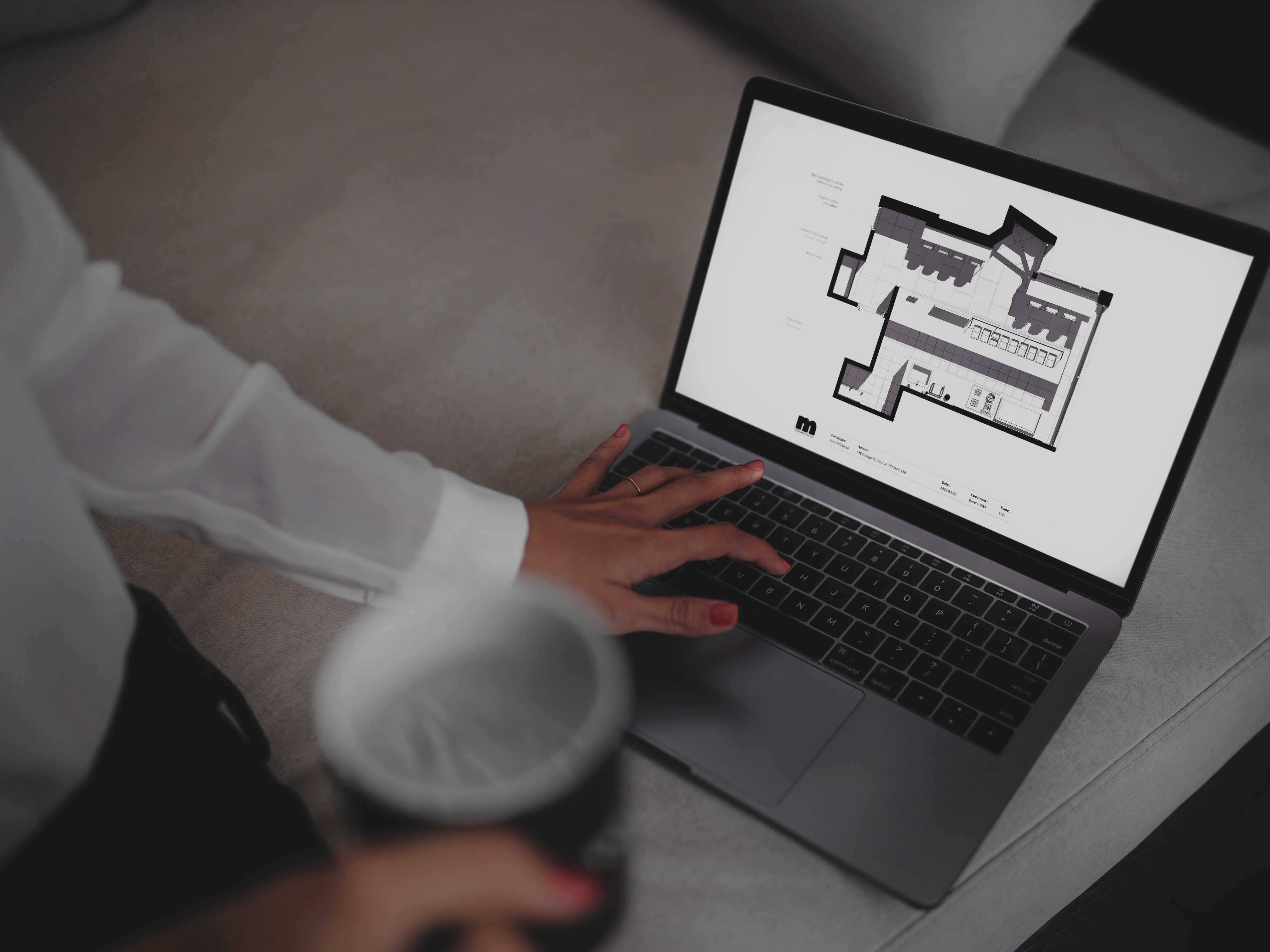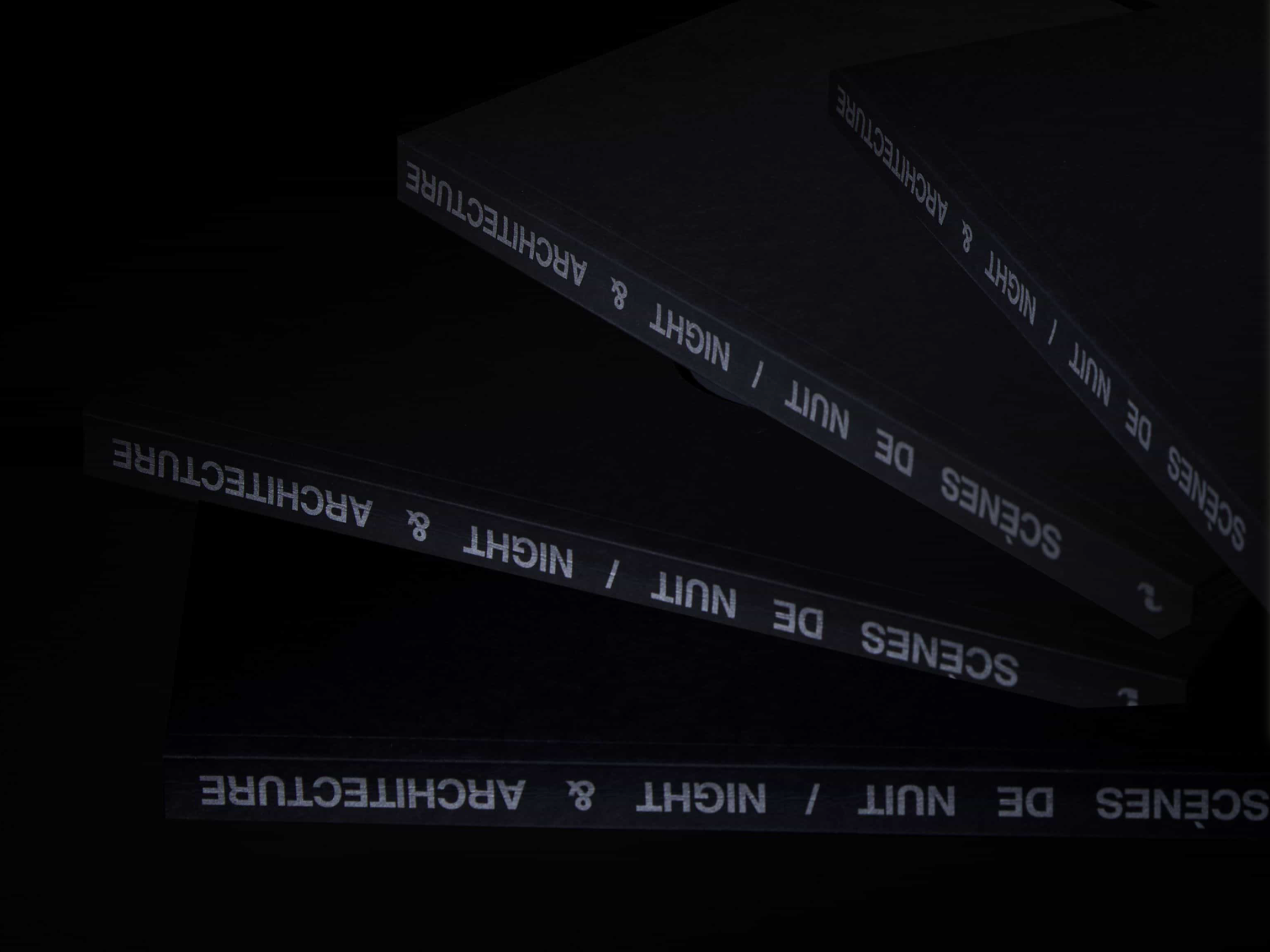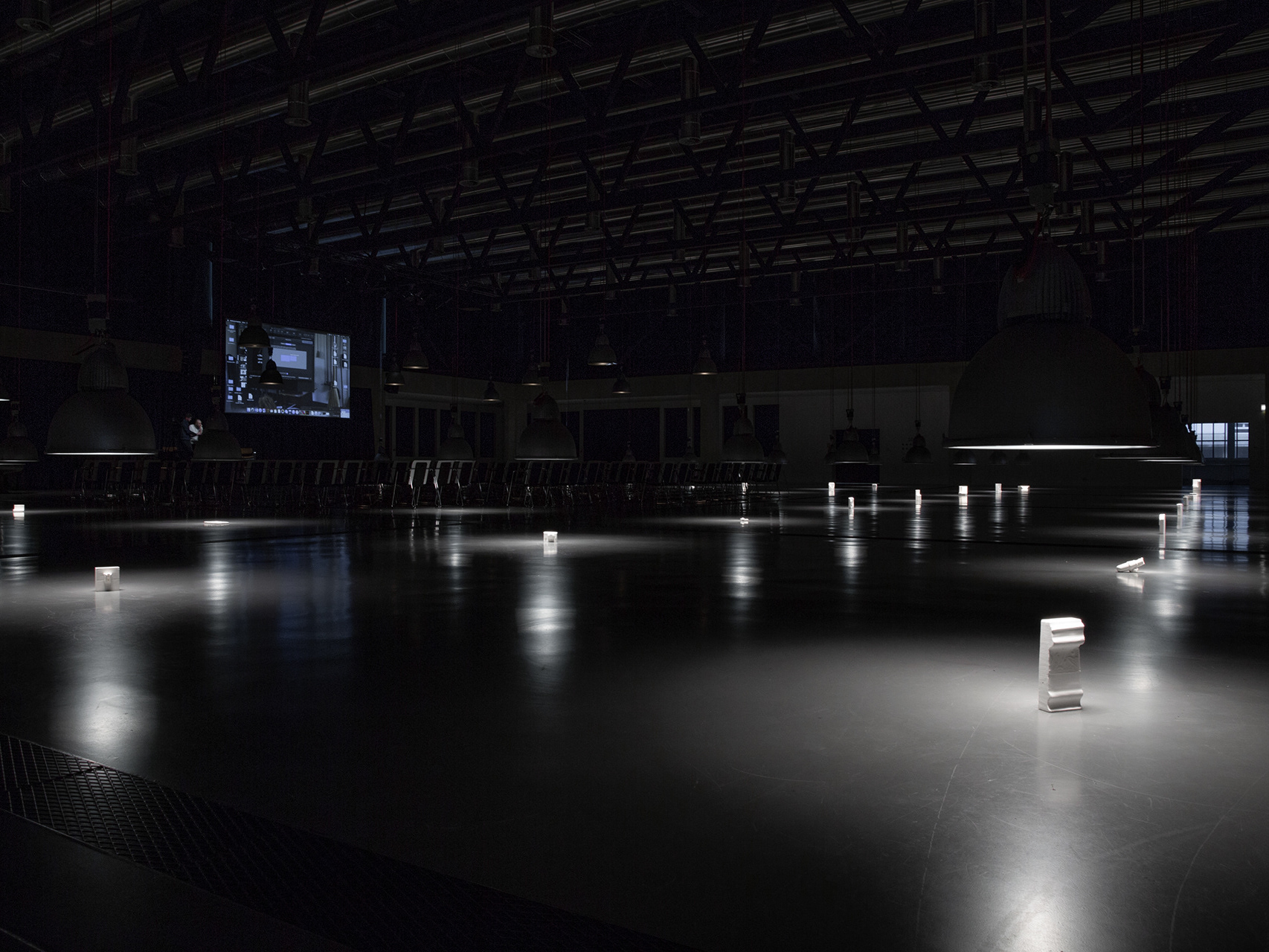Workshop tutors : Javier Fernandez Contreras, Roberto Zancan
Architect guest : José Maria Sanchez Garcia
HEAD assistant : Bertrand Van Dorp, Shizuka Saito
Other students : Blanca Algarra Sanchez, Nina D'Elia, Tina Felix, Chiara Kocis, Mélina Meyer
* Conducted together with students of HEAD-Genève’s Bachelor in Interior Architecture
Participation in the European Biennial of Contemporary Creation
Nuit Radieuse explores a lesser-known yet essential dimension of Le Corbusier’s work: his relationship with artificial light and the nocturnal experience of space. Beyond his modernist theories and his fascination with natural light, the architect developed — especially in his post-war projects — a sensitive approach to how electric light can transform collective housing, highlight color, reveal materials, and nurture a deeply humanist imagination. Through this installation, a different kind of modernity emerges — one that is more poetic, more sensorial, and more attuned to the everyday lives of its inhabitants.
© Raphaëlle Marzolf – General plan
© Raphaëlle Marzolf – Axonometric perspectives
© Raphaëlle Marzolf – Horizontal section
Le Corbusier is known as the one who defined architecture as "the skilful, correct and magnificent play of volumes assembled in light", but even so, his artistic ambition did not disappear at sunset. His work as an architect has been deeply stimulated by night time and the possibility of creating atmospheres and environments by means of artificial lighting.
In this sense Marseille's Unité d'Habitation is a case in point. Here, the Swiss architect and his collaborators did not only design some of his best-known lamps (such as l'Escargot, le Borne Béton and the adjustable wall lights now called Lampe de Marseille), he also made accessible to social housing his research into artificially illuminated interiors where bright colours punctuate the floors and apartment doors in the five interior "streets" that lead to the apartments while smart inventions illuminate the bottom of the deep residential cells.
The installation Nuit Radieuse aims to account for this research and shows how Le Corbusier's lighting inventions constitute a true manifesto of Mediterranean nightlife. As the result of a profound revision of the "white" and "rational" ideals of the 1920s, these spaces depict a colourful, intense and inclusive way of life and express hope for a better future for human society, after the tragedy of World War Ii.
In order to highlight these humanist ambitions and this nocturnal spirit, the installation Nuit Radieuse inserts a new plastic luminous element between the sculptural pilotis that support the residential building in Marseille, an object that creates an estranged effect through its virtuous association with another Le Corbusier building, the Convent of La Tourette, a place where Le Corbusier's design of interior light effects becomes almost mystical and imbues the architectural work with transcendental values. The structure offers an enlarged reinterpretation of the sober metal lamps that illuminate the rdectory of the Dominican priory. This simple, gigantic light diffuser transforms the spatial experience at the base of the vast residential building, where an iridescent halo reveals. New contours, and unknown shadows emerge from the ceiling between support.
© Raphaëlle Marzolf – Picture of the installation
© Raphaëlle Marzolf – Picture of the installation
© Raphaëlle Marzolf – Picture of the installation

